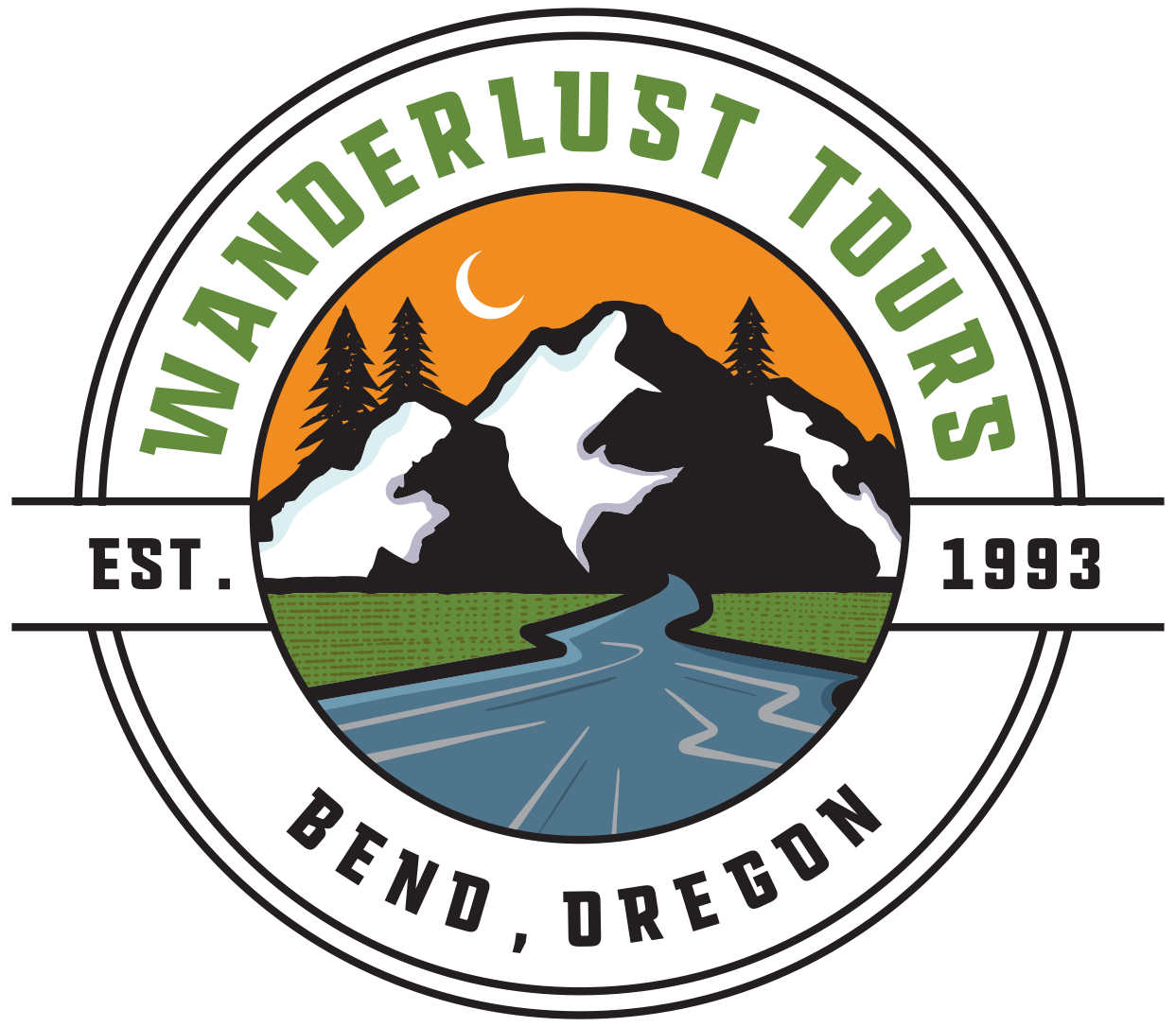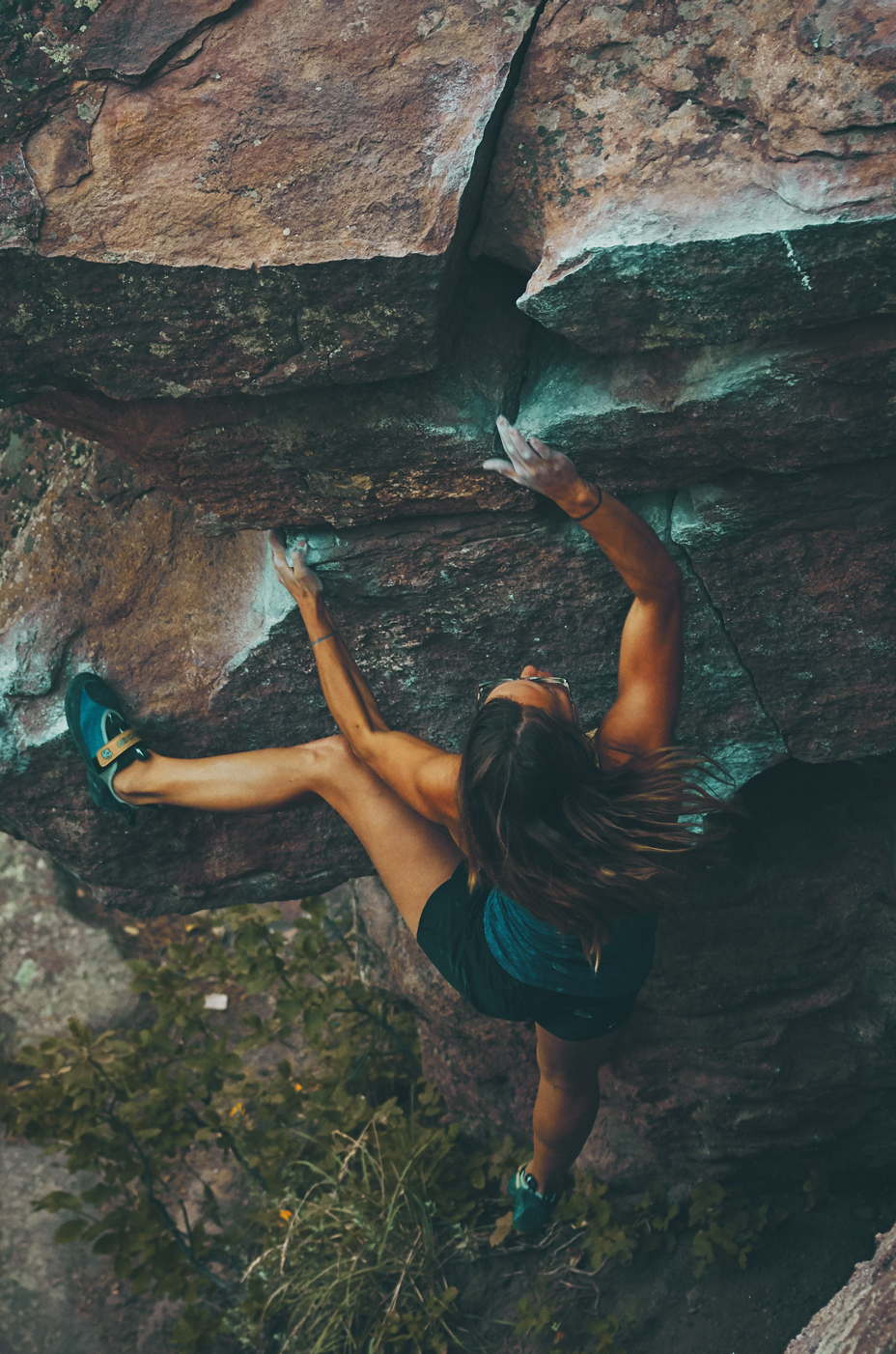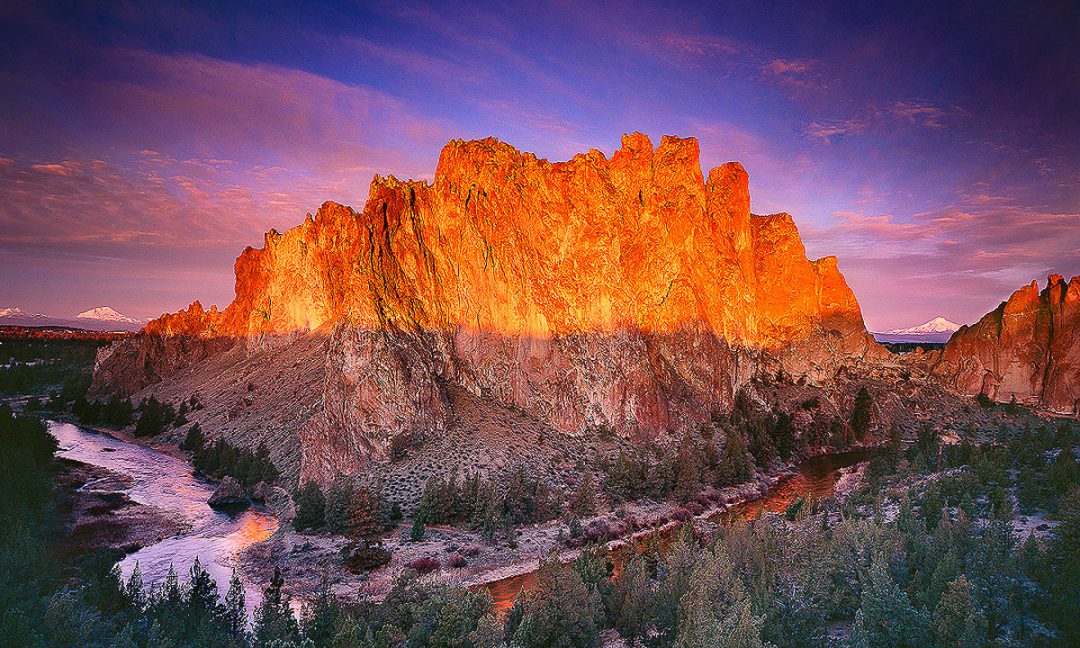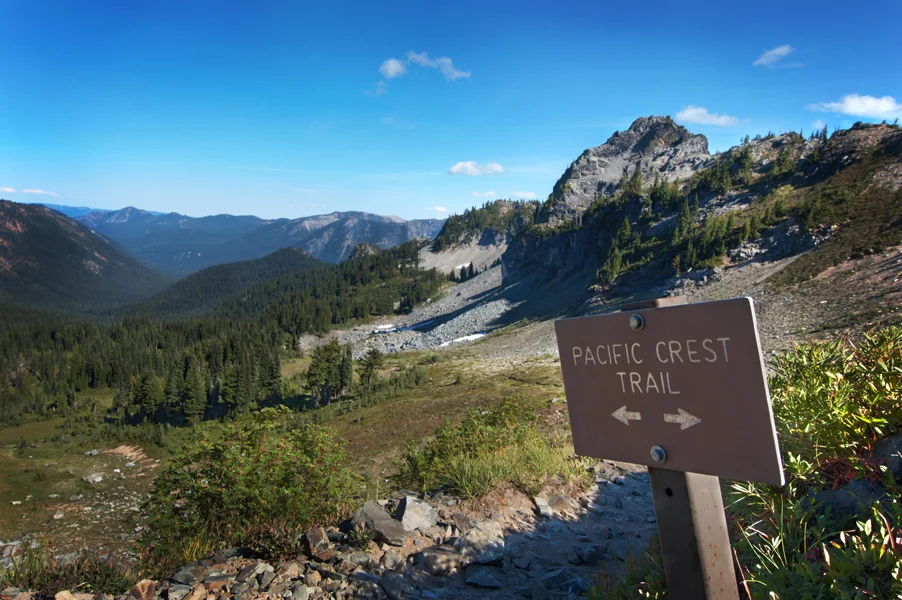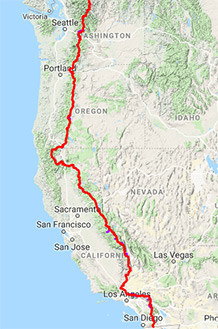Photo by Andreas Fidler.
Here in Central Oregon we can't get enough of outdoor adventure. While you can say there is an almost endless list of outdoor sports to participate in, rock climbing is undoubtedly one of the most popular. Climbers are attracted to Central Oregon for good reasons, one of them being Smith Rock State Park. This park is a major part of the history of rock climbing in the United States, due to the incredible features and a group of dedicated individuals who pushed boundaries and had a passion for the sport. Bend loves rock climbers just as much as rock climbers love Bend. Boasting a rock climbing gym, countless stores to get your gear fix, a rock climbing school, and even a museum exhibit, Bend is a bucket-list town for climbers.
Smith Rock State Park. Photo by Jeff Finley.
HISTORY
While rock climbing has always been a part of mountaineering, it became a sport of its own in the late 1800s. In the early twentieth century, climbers began travelling to meccas, such as Yosemite National Park in California to practice Traditional, or Trad, Climbing.The sixties is when climbing began to grow from its underground state. These climbers often lived out of their vans or cars, totally devoting themselves to the sport. Chris Sharma and Lynn Hill are just two of the big names that came on, with countless others creating not only a sport, but a way of life.
Monkey Face at Smith Rock State Park. Photo by Chaney Swiney.
SMITH ROCK STATE PARK
As the popularity of the sport sky-rocketed, climbers were looking to develop new areas and put their name down in history under 'Fist Ascent'. This is where our own Smith Rock joins the story. Although the 650-acre area was named a state park in 1960, dedicated local climbers had been developing the area long before that. Allan Watts, the son of one of those first climbers to make their way up the cliffs of Smith Rock, changed the game forever. Watts created a new way of climbing, now referred to as Sport Climbing. A very controversial method at the time, Sport Climbing opened the door to routes previous considered too dangerous to climb, creating some of the hardest routes in the world. This put Smith Rock State Park on the map, and let climbers chose which style is best for them in their pursuit. Smith Rock is home to many world-famous routes such as Monkey Face and Mesa Verde Wall.
Smith Rock Sunrise. Photo by Mike Putnam.
CLIMBING IN BEND
The fun doesn't stop at Smith Rock. Here in Bend, we have the Bend Rock Gym. If you're looking for a great place to learn or hone your climbing skills, this is the place to go. With bouldering problems, climbing routes, crack climbing, exercise equipment, and more, the gym helps maintain the climbing culture here in Central Oregon. Add the countless stores where you can buy gear, get your gear fixed, and meet other climbers to head out with, and you've got a climber's paradise!
For those looking for a little help getting into the sport, Smith Rock Climbing School offers guides to set new climbers in the right direction. SRCS has been a part of the climbing scene here since 1983, and have dedicated staff who love what they do, and want to help others discover a new passion.
If this doesn't prove how much Oregonians love climbing, we have had a museum exhibit on the sport. From now until September, the High Desert Museum will have their exhibit, Ascent: Climbing Explored on display, where visitors can enjoy the interactive exhibit and see how climbing has changed over the years.
Photo by Riccardo Bresciani.
GLOSSARY
Rock Climbing uses a lot of specific terms, we've outlined some of the basics here so you'll sound like a pro next time you're at the crag!
Crag: The spot or rock face where the climbing is taking place.
Bouldering: Short, challenging problems on natural boulders or in a gym. Done without a rope over a bouldering or crash pad to prevent injury
Traditional Climbing: Also referred to as Trad Climbing. Climbers place removable equipment as they ascend in case of a fall. This leaves no equipment on the wall after the climbers leave.
Sport Climbing: Invented in Smith Rock State Park by Allan Watts. This method involves placing permanent bolts or anchors into the rock, opening up routes that had no place for removable equipment and requires less gear.
